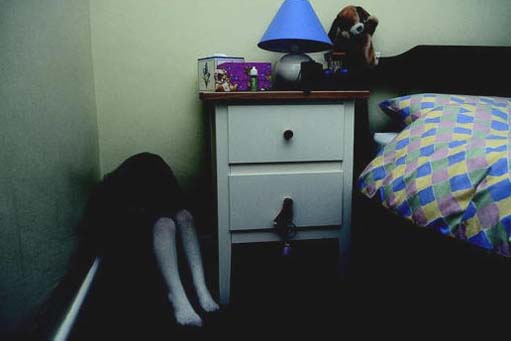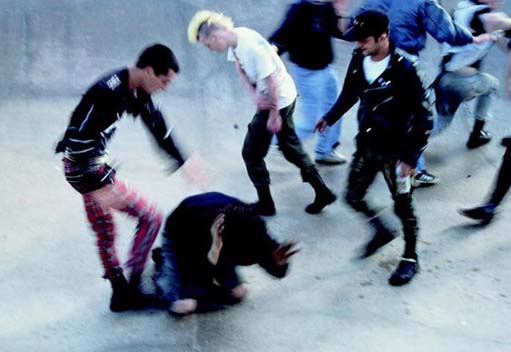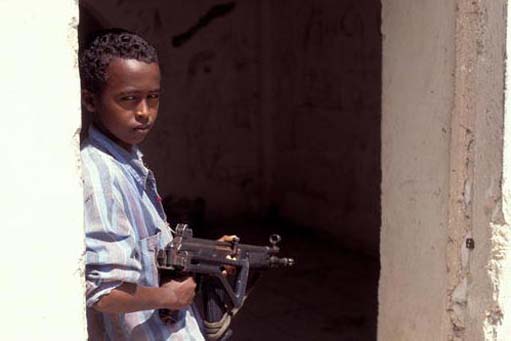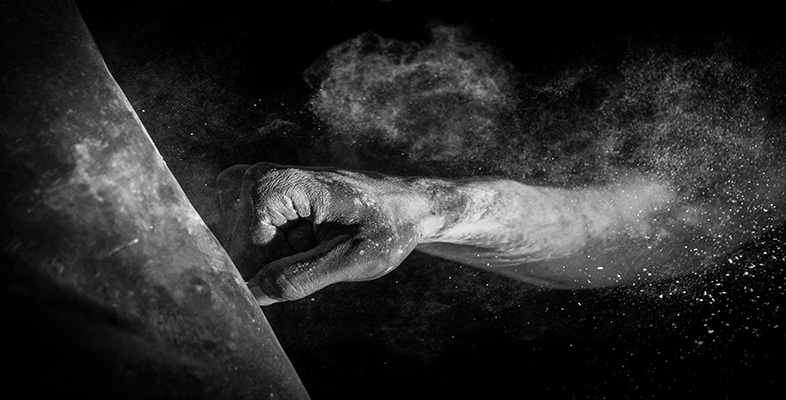1 Overview
1.1 Children and violence
Children are subject to many forms of adversity, for example, poverty or ill health. This course examines another form of adversity that many children face, namely violence. This is a huge topic which can be tackled in a number of ways, for example by looking at the effects of war on children in Africa and Asia, physical or sexual abuse of children in the North, structural violence against children in the form of government policies, or symbolic forms of violence, looking at how images and representations of violence in the media affect children. It is difficult to cover all these topics in one course and the focus is necessarily limited. The course concentrates on three different environments where children experience violence: at home, among peers at school and in the wider society (in the context of armed conflicts). There is obviously an overlap between these environments and they are not meant to be mutually exclusive. It is an unfortunate fact that children may experience violence in their families and among their peers, and may also become involved in armed conflict.
This course focuses on children's experiences locally and globally, and emphasizes that violence against children should not be exoticized; it is not something that occurs only in other countries or in other families. Many children experience violence, whether they live in a Sierra Leonean war zone or experience bullying at school or domestic violence in the UK. Although the forms of violence that children experience may be different, the important point is that many children, throughout the world, have daily experiences of violence which can have negative impacts on their physical or emotional health. This course therefore moves from ideas about children and violence in very localized contexts – within families and with peers at school – through to the broader community and on to the international perspective. It also analyses the different roles that children take on in relation to violence, such as victim, perpetrator, witness, colluder and peacemaker.
In Western thought, children and violence exist in an ambivalent, and much debated, relationship with each other which centres around whether children are naturally good, gentle, kind and loving or naturally wicked and cruel (see Woodhead and Montgomery, 2003, Chapter 2). While the image of the gentle, meek child is integral to the Christian New Testament, many other Christian teachings, especially those in the Old Testament book of Proverbs and in the practices of some seventeenth-century Puritan sects, point to the inherent badness of children that must be controlled by punishment. Others have seen in children a particular form of violence, typified by cruelty to animals and to smaller children, which is linked to the innate savagery of children and their existence in a pre-civilized state. Nineteenth-century naturalists and archaeologists pointed to children as the closest available ‘savages’ who, like the ‘exotic primitives’ of Australia and North America, existed in a wilful, amoral and cruel state. C. Staniland Wake, an anthropologist writing in 1878, drew close parallels between children and ‘native peoples’, claiming that both were characterized by an innate viciousness towards others that glorified in violence for violence's sake. He wrote of a ‘cruelty so noticeable among children, so much so indeed, that it may be described as one of the most distinguishing traits of boyhood’ (Wake, 1878, p. 5). While the racism inherent in such statements may sound shocking nowadays, especially when written in such an objective, scientific tone, the casual assumption that violence and children are connected continues. The view that children, and especially boys, are cruel to animals, pulling the legs off spiders or tormenting cats, is commonplace.
However, the idea that children are cruel and violent is countered by the view that children are in fact naturally good and that any cruelty is a result of adult corruption. Ideas of children's innocence, gentleness and kindness can be traced back to the Romantic period in European history, characterized by philosophers such as Jean-Jacques Rousseau and poets such as William Wordsworth. For the Romantics, children had a visionary quality and represented humanity in its uncorrupted state. They were born good and lacking in all violence and it was civilization that imposed violence on them.
Activity 1 Representations of children and violence
Study the pictures below. How do you react to them? In which do you see the child as innocent and in which do you see them as violent? Why do you feel this?




Discussion
These four pictures convey very different images of children and violence. It is hard to look at them without assigning innocence to some and violent intentions to others. The first image seems to show two girls play-fighting. They are smiling and apparently playing rather than hitting each other in anger. They are more likely to be seen as playing rough-and-tumble or romping than as committing violence. The second picture shows a child who is the victim of violence rather than a perpetrator. It is significant that both pictures show girls, in that, because of their gender, they are more likely to be seen as nonviolent. In Western societies, girls are invariably seen as less aggressive, less violent, more caring and more likely to be the victims of violence than its perpetrators (and this is largely backed up through crime statistics that suggest that girls are less likely than boys to commit violent crimes). In the final two pictures, however, vulnerability and innocence have gone and been replaced with images of children as threatening and dangerous. The fact that they are male might encourage the conclusion that they are violent. Their age is also significant. Teenagers are more likely to be seen as violent, and to pose a greater threat than younger children.
Summary of Section 1
Children and violence exist in an ambivalent relationship to each other.
In Western thought, children can be perceived as inherently violent and naturally cruel. Conversely, they are also seen as inherently gentle and lacking in violence.
Boys are more likely to be seen as violent and aggressive than girls, and teenagers as more violent than younger children.
